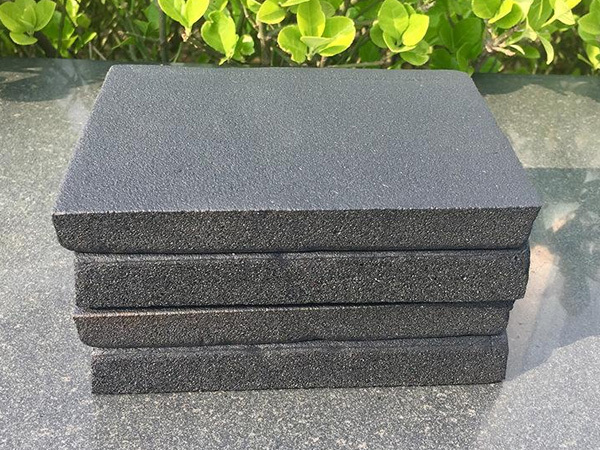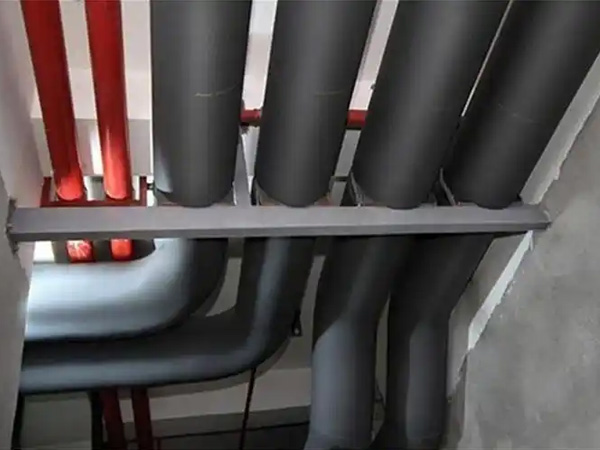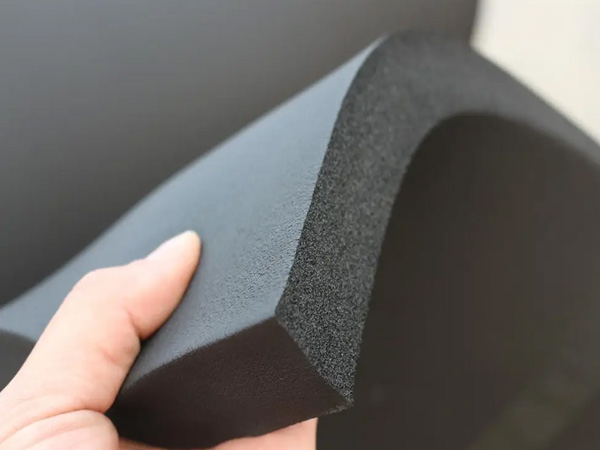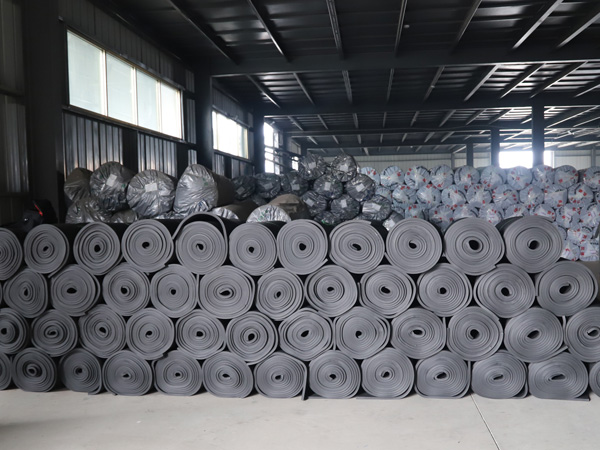Impact of Low-Strength Phenolic Foam Boards on Building Safety
2025-06-18 14:56:12
Impact of Low-Strength Phenolic Foam Boards on Building Safety
Phenolic foam insulation panels with insufficient mechanical strength can pose significant risks to building safety, particularly in structural integrity, durability, and long-term performance. Below are the key threats and their implications:
1. Structural Instability
Compressive Failure: If phenolic boards cannot withstand design loads (e.g., roof weight, foot traffic, or wind pressure), they may deform or collapse, leading to:
Cracks in finishing layers (e.g., plaster, cladding).
Displacement of adjacent building components (e.g., wall ties, fasteners).
Shear Weakness: Low-strength panels may fail under lateral forces (e.g., seismic activity or strong winds), increasing the risk of facade detachment.
2. Reduced Load-Bearing Capacity
In roofing or flooring applications, weak phenolic foam can compress over time, causing:
Uneven surfaces, affecting waterproofing membranes.
Stress concentration on supporting structures (e.g., beams, studs).
In curtain wall systems, inadequate strength may lead to panel buckling or detachment, posing falling hazards.
3. Moisture and Corrosion Risks
Water Intrusion: Weak panels are more prone to cracking, allowing moisture infiltration, which can:
Degrade insulation performance (reducing R-value).
Promote mold growth or wood rot in adjacent materials.
Metal Corrosion: If phenolic foam lacks sufficient compressive strength, embedded fasteners or metal studs may loosen, accelerating rust formation.
4. Fire Safety Compromises
Collapse Under Heat: While phenolic foam is inherently fire-resistant, low-strength variants may crumble or shrink at high temperatures, reducing fire barrier effectiveness.
Smoke and Toxic Gas Leakage: Structural failure during a fire can breach compartmentalization, allowing smoke spread.
5. Long-Term Durability Issues
Fatigue Failure: Cyclic loads (e.g., thermal expansion, vibration) can cause progressive weakening, shortening the insulation system’s lifespan.
Maintenance Costs: Premature repairs (e.g., recladding, resealing joints) increase project expenses.
Mitigation Strategies
Material Selection: Use high-density phenolic foam (≥50 kg/m³) for structural applications, verified via ASTM C165 (compressive strength testing).
Reinforcement: Combine with rigid substrates (e.g., OSB, cement board) to distribute loads.
Quality Control: Require third-party certifications (e.g., EN 13166) and on-site core sampling.
Design Adjustments: Avoid direct mechanical loading on weak panels; use protective screeds or walkways.
For critical projects, finite element analysis (FEA) can simulate stress distribution and identify failure risks.

OurFlame Retardant Rubber Foamis a premium closed-cell elastomeric insulation material engi...

OurRubber Pipe Insulationis a high-performance solution designed specifically for HVAC pipi...

Rubber Foam Insulation Sheet – Product Introduction Premium Flexible Insulation for Therm...

Specially engineered for refrigeration applications, ourElastomeric Rubber Insulationprovid...



